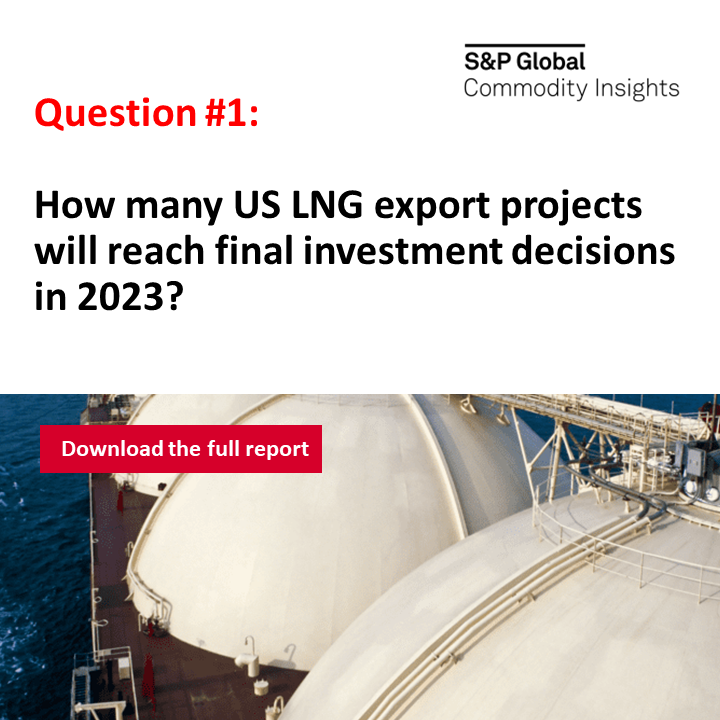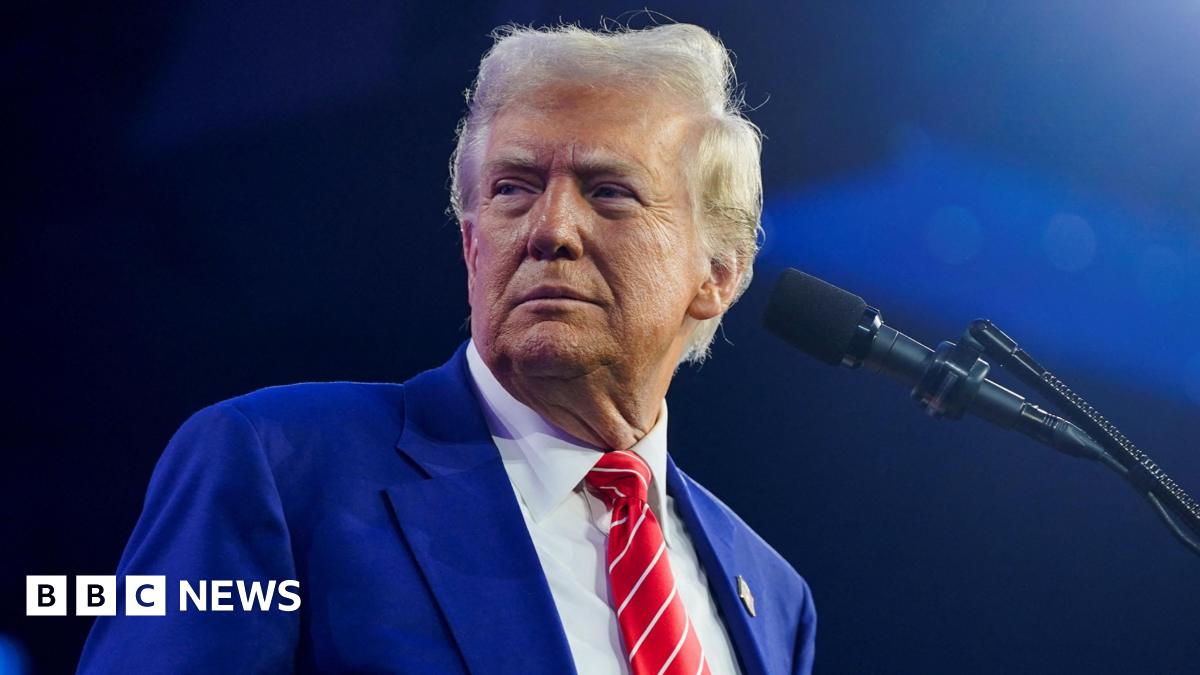World
The Russia-Ukraine energy divorce offers a chance for Europe to take control of its energy security

The Russia-Ukraine energy divorce offers a chance for Europe to take control of its energy security
Through wars and military aggression, Russian President Vladimir Putin has sought a legacy of imperialistic unification. Instead, his twenty-five-year reign leaves Russia without a vital revenue stream from pipeline gas sales to Europe—with the last of the transit agreements having expired on January 1 after Ukraine refused to renew it. Russia’s state-owned energy giant Gazprom has seen billions in losses as transit through Ukraine shrunk from 130 billion cubic meters (bcm) in the early 2000s to a meager 15 bcm in 2023. While future major long-term deals with Kyiv are out of the question following Russia’s illegal and unjustified atrocities in Ukraine, the window is still open for Russia to sell smaller volumes of gas on the spot market.
This puts Europe at a crossroads. Russia had succeeded in fostering a narrative that Europe’s economic prosperity hinges on cheap Russian energy sources by strategically monopolizing the European gas market with discounted prices. This myth was busted when Europe paid a trillion dollars in 2022 to mitigate the energy crisis manufactured by Moscow to blackmail Europe to abandon Ukraine. Europe now has two main options. It can put an end to Russian piped gas in perpetuity and build a secure, resilient economy with alternative supplies. Or it can cave under economic pressures and backslide into dependency through a patchwork of deals with short-term discounts.
|
Advertisement: The National Gas Company of Trinidad and Tobago Limited (NGC) NGC’s HSSE strategy is reflective and supportive of the organisational vision to become a leader in the global energy business. |
Traders across Europe could ignore the lessons from the last three years and find creative ways to bring back some Russian gas. Proposals to mask Russian gas as Azeri to make the deal more politically palatable are being explored as well. The Baltics and Poland have diversified their energy sources beyond the point of no return, while other European nations, particularly areas hardest hit by high energy prices, are at risk of returning to deals with Moscow unless the European Union (EU) sets in a clear, legally binding deadline for Russian piped gas in its mandate on the future of Russian energy sources. Landlocked countries such as Slovakia, Hungary, the Czech Republic, and Austria now have access to liquefied natural gas (LNG) terminals, but the lure of discounted prices remains.
Securing short-term, smaller-volume spot market deals through Ukraine could be feasible if third parties could work with Moscow and Kyiv separately to negotiate a new transit fee and transmission system operations logistics, complete technical upgrades, and—most importantly—ensure the geopolitical appetite in Kyiv for future flows. Another variable to consider is that Gazprom is drowning in ongoing litigation and several multibillion-euro arbitration rulings against it. Gazprom didn’t deliver on the take-or-pay condition of its now-expired contract with Ukraine, only paying Ukraine for the 15 bcm of gas delivered rather than the minimum amount of 40 bcm. In any other sector, European businesses would avoid any future dealings with such a company. While the prospect of continuing to purchase Russian gas provides an illusion of short-term economic reprieve, it would be a costly and dangerous choice down the road.
Although Europe’s energy security, competitiveness, and decarbonization trilemma has no easy, cheap, or quick solutions, this historic decoupling is an unprecedented opportunity to forge a secure, resilient economy independent of Russian reliance and threats. The timing is opportune, as well: as the new competitiveness and innovation-focused European Commission takes the helm, Europe is poised for bold actions and a decisive policy on the future of Russian energy sources. There is no better time to sanction Gazprom’s piped gas to create certainty for other suppliers and send a strong message to European traders. Sanctions would also put an end to the 15 bcm of Russian piped gas deliveries through the TurkStream pipeline—cutting off all piped Russian gas deliveries to the EU. At the same time, an EU ban on Russian LNG, which has grown in export volumes to the EU, would not make much of an impact on Russia, as LNG is a fungible commodity with multiple alternative global routes, unlike piped gas. Instead, the EU and its allies should expand sanctions on Russia’s LNG projects, financing, and ships, as well as imposing additional technology export restrictions to curb LNG revenues and project expansion.
Most importantly, energy will be at the core of transatlantic trade negotiations with US President-elect Donald Trump. Goodwill messaging aside, the EU can’t commit to buying more LNG, since these transactions are handled by the free market. But the EU can create a predictable investment environment and clarity about future demand by sanctioning Russian piped gas—likely leading to the EU buying more gas from the United States, which would be music to Trump’s ears. Moreover, Moscow’s depleted revenues and new sanctions would put Ukraine in a stronger negotiating position regardless of how the war progresses. Europe must act now to protect its future economic prosperity from the whims of Putin’s geopolitical agenda.
Originally published by Atlantic Council.
The statements, opinions and data contained in the content published in Gas Expert Insights are solely those of the individual authors and contributors and not of the publisher and the editor(s) of Natural Gas World.











